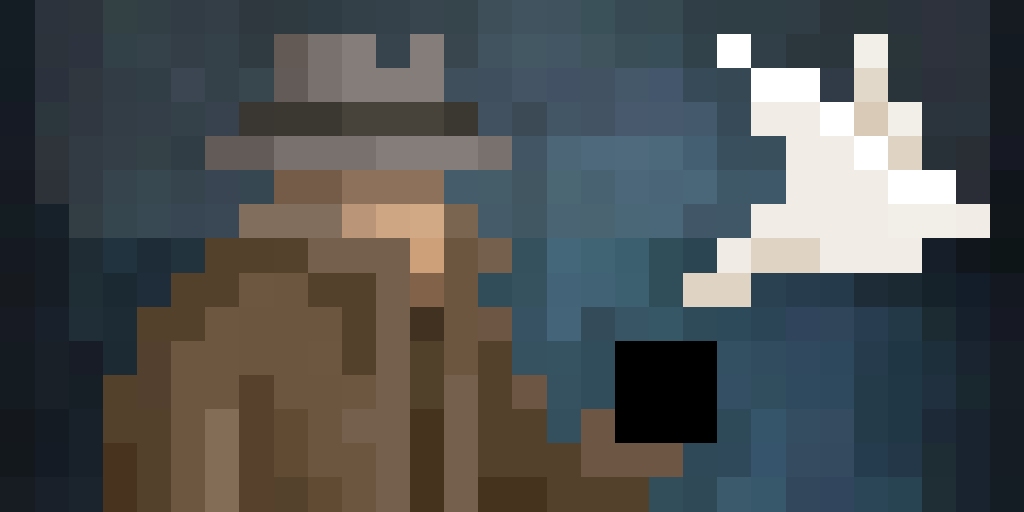An Ode to Pixel Art
Close your eyes and think of what the word “game” first brings to mind. For myself and I imagine a lot of people born before 1995, that image was something 8 or 16-bit. Maybe Mario, of MegaMan, or one of the early Final Fantasy games. In my eyes, pixel art is the defacto aesthetic of games. It’s where they began and an art style they created, yet beginning around the release of the Playstation, there’s been a trend in games to abandon the style in favor of attempting as high a level of realism as possible with a game’s graphics. Only in recent years has the style been revisited, mostly by indie developers, and yet the response I so often see toward it is not one of appreciation but accusations of developers being “lazy”, “incompetent”, or “unimaginative”. It’s a disservice both toward games that choose the aesthetic, and the artists which create them; a simplification of design from someone on the outside still only seeing the earliest iterations of the styles. Pixel art is an amazing thing, yet it seems few people appreciate it the way it ought to be, and so here is my ode to pixel art and why I feel it’s something to be celebrated.
PIXEL ART IS THE AESTHETIC MOST BELONGING TO GAMES
For a long time, pixel art wasn’t a choice developers made when creating their games; it was crafted out of technological limitations. Developers had to meticulously work within tight limitations for everything in their games, and in that process created an iconic, original style which has then been refined and expanded upon as computers lightened their constraints to allow more involved imagery.
It’s for this that I feel pixel art will always be gaming’s more base aesthetic. It’s one that’s inherently associated with games and most apt at playing to people’s nostalgia do to its role in early games and recent resurrection in more traditional games. I don’t think every game needs or should use pixel art, but it’s a style I don’t think should be forgotten, if only for its significance in games culture.
PIXEL ART ALLOWS A COMFORTABLE LACK OF DETAIL
Something I really love about the blocky, undefined look of a lot of pixel art is the sort of interesting ambiguity it lends to a lot of things, character faces especially. It’s a sort of intentional lack of detail that requires my mind fill in the blanks, like a well written book that leaves out extraneous detail for you to image yourself. Pixel art allows a lot of personality, but at the same time can accomplish it without clearly carving out every character and environment for you. In an age where graphical fidelity has reached unimaginable levels, there’s something charming about not having everything shown to you and letting you create your own image of what the artist intended.
PIXEL ART DOESN'T MEAN A LACK OF DETAIL OR FIDELITY
This runs a bit counter to my last point, but that’s one thing that’s great about pixel art: it allows numerous styles and philosophies to branch off of it depending on what suits a game and how the artists envision it. A common misconception I see though is that pixel art is somehow inherently muddy or choppy. While there are definitely artists intentionally creating a less refined image and jagged animations, that’s an intentional choice not one dictated by the style they’ve chosen to work with. As computers are now so many orders of magnitude more advanced than they were when the NES and Atari 2600 were blowing people’s minds, the only real limitations to most artists is how far they involved they want to get with their art.
And as has been demonstrated, a lot of really talented artists are eager to blow the roof off of what we commonly know pixel art to be. Take a moment to look at the animations of a modern 16-bit game and you’ll likely be surprised how purposeful every frame and movement is. This extends as well to the general level of detail being placed into environments and character art. People are still seeing the same primitive art of the 80s and early 90s, but maybe stop and actually examine it and you may be surprised how much detail has been fitted onto the pixels you can often count by hand.
This is by no means a comprehensive list of the reasons I find pixel art so amazing, which is the limitations of being an observer instead of someone working to create this sort of art. But it’s a style that seems so often underloved, and that’s a shame because it’s one that I’m constantly seeing the most incredible things being done within and want others to see the way I do.




